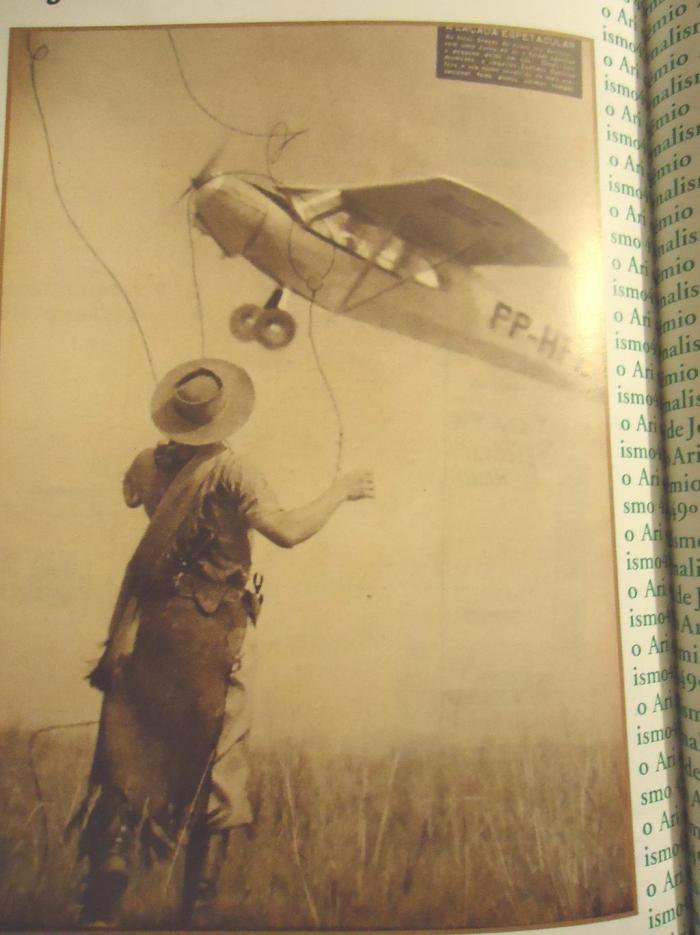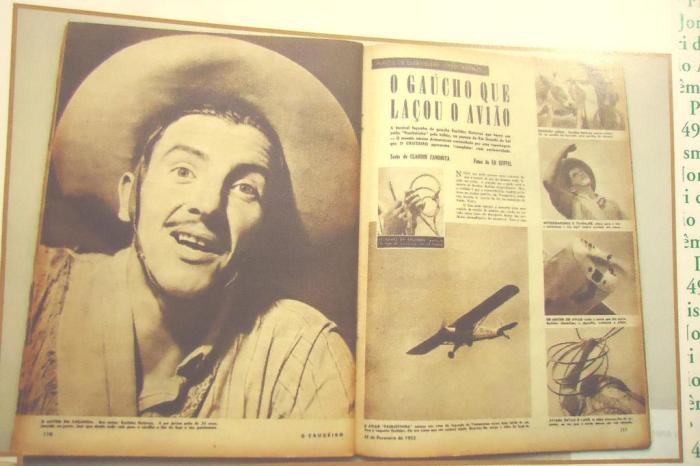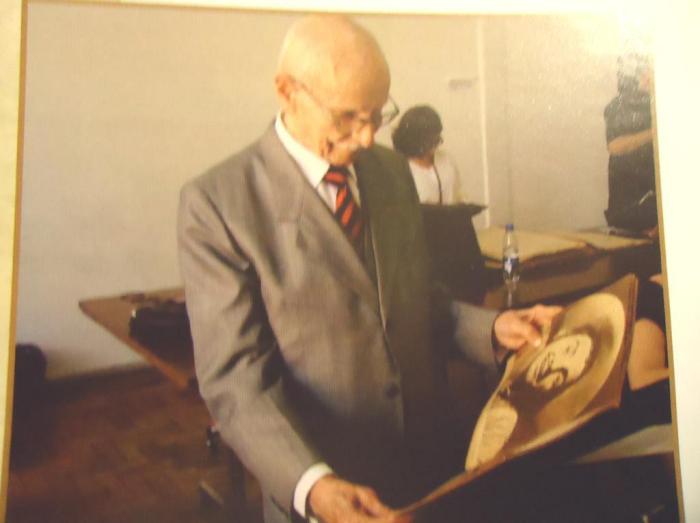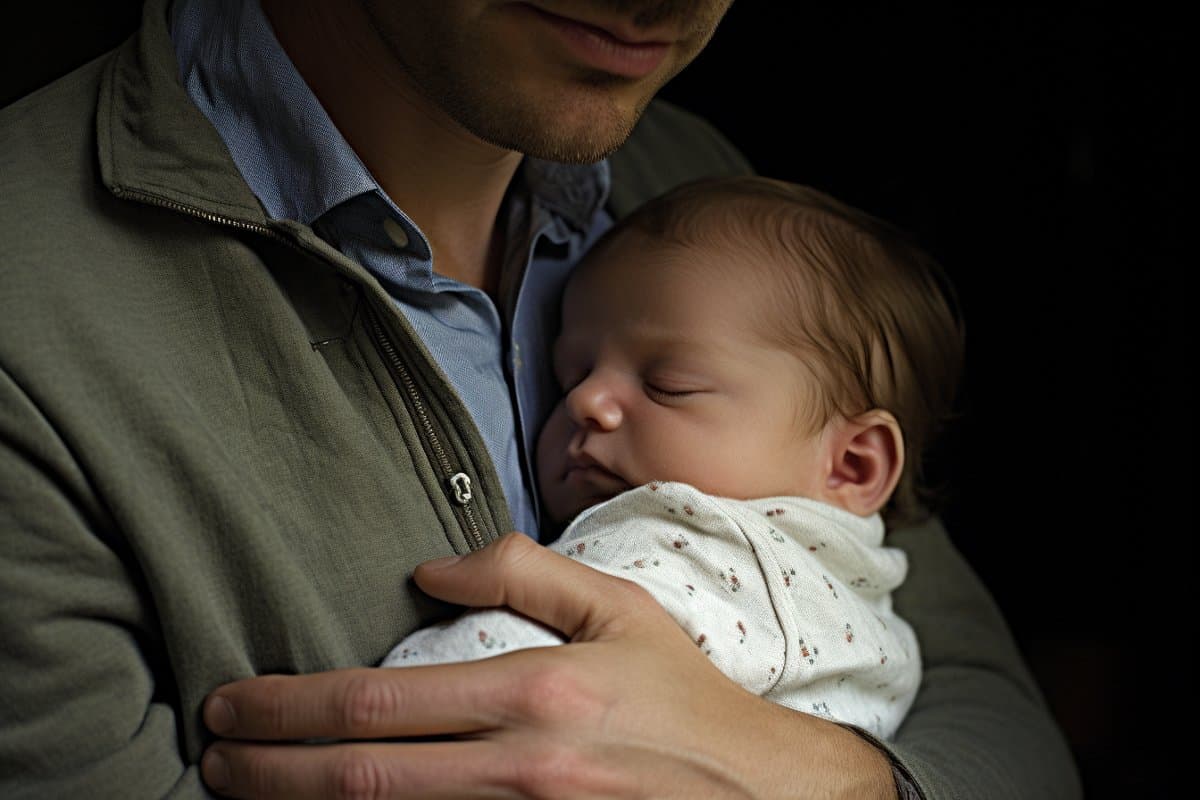It’s only natural to reflect on what you can do to improve at the dawn of a new year. But at Nat Geo, we spend all year thinking—and learning—about what we can do better. Our work gives us insight into changes we can make in our own lives to become healthier, to take care of wildlife, and to protect our planet.
This year, we want to share that insight with you. As you begin to ponder your resolutions for 2024, these are the changes that my colleagues and I here at Nat Geo made in our own lives in 2023—from switching to healthier grains to unique tactics for reducing our waste. (Plus a few of our favorite tips we got from readers this year!)
(8 strategies to make your New Year's resolutions stick.)
What are your resolutions for 2024—and is there anything you did to transform your life in 2023? Let me know your story.
1. Stop eating octopus.
First a confession: As a former food writer, I’ve always found it hard to resist a garlicky dish of octopus. But my colleague David Barreda reminds me perhaps I should.
As a senior photo editor here at National Geographic, Barreda found out just how intelligent these animals really are while working on an upcoming cover story, “Secrets of the Octopus.” Not only are octopuses good at learning and remembering information—they are even known to form their own opinions.
“I pledged to never eat octopus again,” Barreda says. “And my daughter co-signed too! (She’s already a pescatarian.)”
(The world wants to eat more octopus. Is farming them ethical?)
2. Make this the year you finally start composting.
“As someone who writes about climate change and the environment, I've long known that composting was a great way to reduce waste and greenhouse gas emissions,” writes digital editor Sarah Gibbens. “But it wasn't until this year that I actually tried it.”
“I live in the middle of Washington, D.C., so for me, composting entailed storing my food scraps in a lidded countertop bucket and periodically walking them to a local community garden that maintains a large compost heap. Watching my egg shells, banana peels, and citrus rinds turn into rich, useful soil was surprisingly rewarding. Here was soggy food and dead leaves magically transforming into something that helps plants grow. It was like watching rebirth! I felt like I was making a real, albeit tiny, difference—one that was well worth the summer fruit flies in my kitchen and the startled mice flinging themselves from the compost heap.”
3. Make simple tweaks to your diet.
As our digital editorial director, Ryleigh Nucilli gets a sneak peek at our health coverage before it publishes. In the process, she’s learned a few tips for feeding her own family:
“I’ve become interested in the micro shifts I can make in our daily habits in the interest of longevity and healthspan. Our story on whole grains made a big impact on me in this regard; it increased my literacy in the grocery aisle, and it offered me some simple changes I could make in my shopping habits in the interest of reducing my risk of a host of chronic diseases, including heart disease, type 2 diabetes, obesity, and cancer.
(Here's how to grocery shop to help the environment.)
“It gave me the final push to start buying steel cut oats rather than rolled, and it made me question my long-held stance that I would never make pasta that wasn’t semolina flour based. I’m trying to keep my child’s plate as exciting, colorful, and ultimately healthful as I can, helping them build a lifetime habit of positive eating. So I’m grateful to be learning about the scientific mechanisms behind granular dietary choices so that I can start habits now.”
4. Reduce waste by turning to your library…
“I resolved to take advantage of my public library in 2023,” says National Geographic managing editor David Brindley. His goal to read at least one library book a month—mostly e-books that he read on his phone—wasn’t just educational: “This cut down on the number of books I would typically buy in a year, reducing my impact on the environment.”
Brindley surpassed his goal this year. But, even better, he persuaded a friend to join him—which extended his climate shadow, a more holistic way of measuring one’s impact on the planet. “He’s as hooked on library books as I am,” Brindley says.
5. …and your neighbors.
What are some other practical ways to actually practice those principles of reducing, reusing, and recycling? Our digital editor Allie Yang has some ideas:
“This year, I made a bigger effort to reuse before recycling. I order takeout a lot and have never saved the containers—which was such a waste! Recycling often is landfilled despite at-home sorting, and it's energy-intensive.
(Simple ways to make your laundry routine more eco-friendly.)
“I also learned a lot on my local buy nothing group, which increases the chances stuff I no longer need will actually be reused. While organizing these handoffs is more effort for me, dropping off donations in bulk requires more labor for sorting and creates emissions from transport.”
6. Take advantage of medical breakthroughs.
One major medical breakthrough we covered this year was the long-awaited emergence of RSV vaccines. David Beard, our newsletters director, says editing that story propelled him to action.
“RSV is such a sneaky killer—striking our youngest and our oldest—that it has taken decades to get vaccines and treatment,” he says. “Now we have them, and it would be too foolhardy and la-de-dah to ignore them. On that November day, I went straight from work to the Rite Aid to take advantage of our medical breakthroughs—and protect myself. I hope many others did the same.”
7. Pay more attention to potential toxins in your kitchen.
You’ve probably heard of PFAS, short for poly and perfluoroalkyl substances.
As Nat Geo has reported, you likely come into contact with these chemicals every day—maybe multiple times a day. But there’s growing concern about what that might mean for our health. That’s why audience development producer Golshan Jalali made a few changes in her kitchen this year.
(6 tips to make your next beach trip more sustainable.)
For one, she switched over to nontoxic cookware. “Typical nonstick cookware can be made of teflon which contains PFAS, forever chemicals, and can be carcinogenic,” she says. Instead, she relies on stainless steel pots and pans or nonstick cookware that is free from these chemicals.
Additionally, Jalali only uses glass food storage containers for hot food items. “Chemicals and microplastics can leach out of plastic and when ingested can be carcinogenic and disrupt hormones,” she says. For cold food items, she uses BPA-free plastic food containers.
8. Cut back on booze.
As for me… Once again, I used to write about food and drinks, an occupation that gave me a not-so-healthy appreciation for bourbon. I’m not giving up Manhattans anytime soon, but our coverage this year taught me that alcohol is particularly harmful for women—and that curbing my drinking even just a little can make a big difference for my overall health.
That’s why I’ve been experimenting with no- and low-alcohol drinks, replacing my Sunday evening negroni with an Amaro Falso or a club soda with vermouth. I’m still getting used to the taste of booze-free booze, but my resolution for 2024 is to let go of my expectations of how a mocktail should taste and just appreciate it for what it is.
9. Sip water throughout the day.
You might be tempted to gulp down water on a hot day—but a story we published earlier this year explained why that’s not such a good idea. For one reader, Joel Selmeier, it made a difference:
“Forever people have told me to sip water frequently rather than gulp large amounts infrequently. Your explaining that the body doesn’t absorb large gulps as easily is the first explanation, and the first time, I finally am taking that advice seriously and will start to practice it.”
(Are you drinking water all wrong? Here's what else to know about hydrating.)
10. Practice cold plunges safely.
Ice-cold baths and polar plunges are all the rage right now but experts warn that this pastime can be risky—even deadly—if you don’t take proper precautions. Reader Delphine Lopez says this story we published about taking cold plunges in hot weather opened her eyes to those risks:
"I will now never plunge into cold water without a life vest on,” she writes. “This being said, after growing up going into the cold waters of snowmelt Lake Tahoe, I realize how as a child, I could have easily drowned from falling from a ski boat into the frigid waters. I only hope parents will realize this and protect their love ones (adults, too).”







